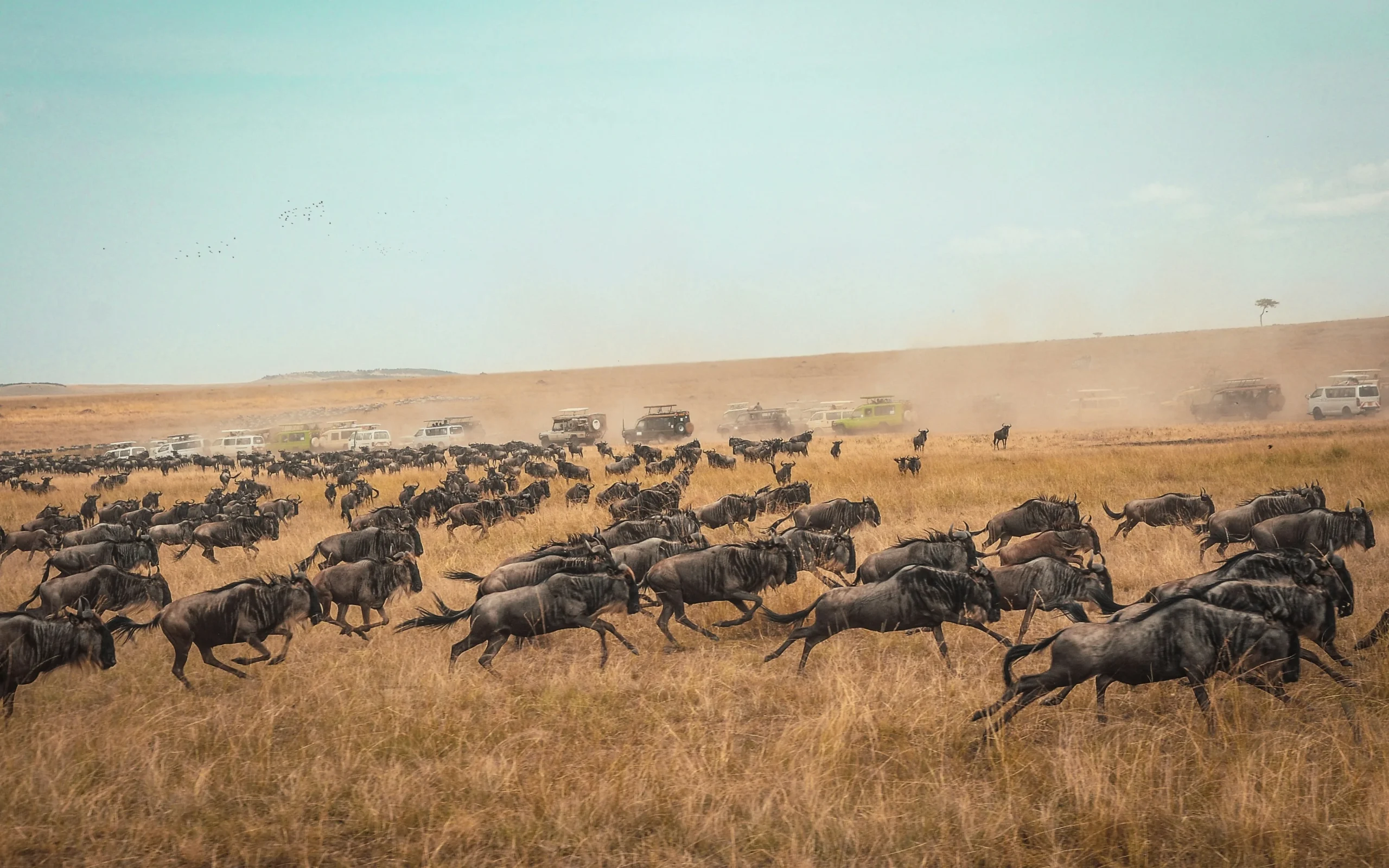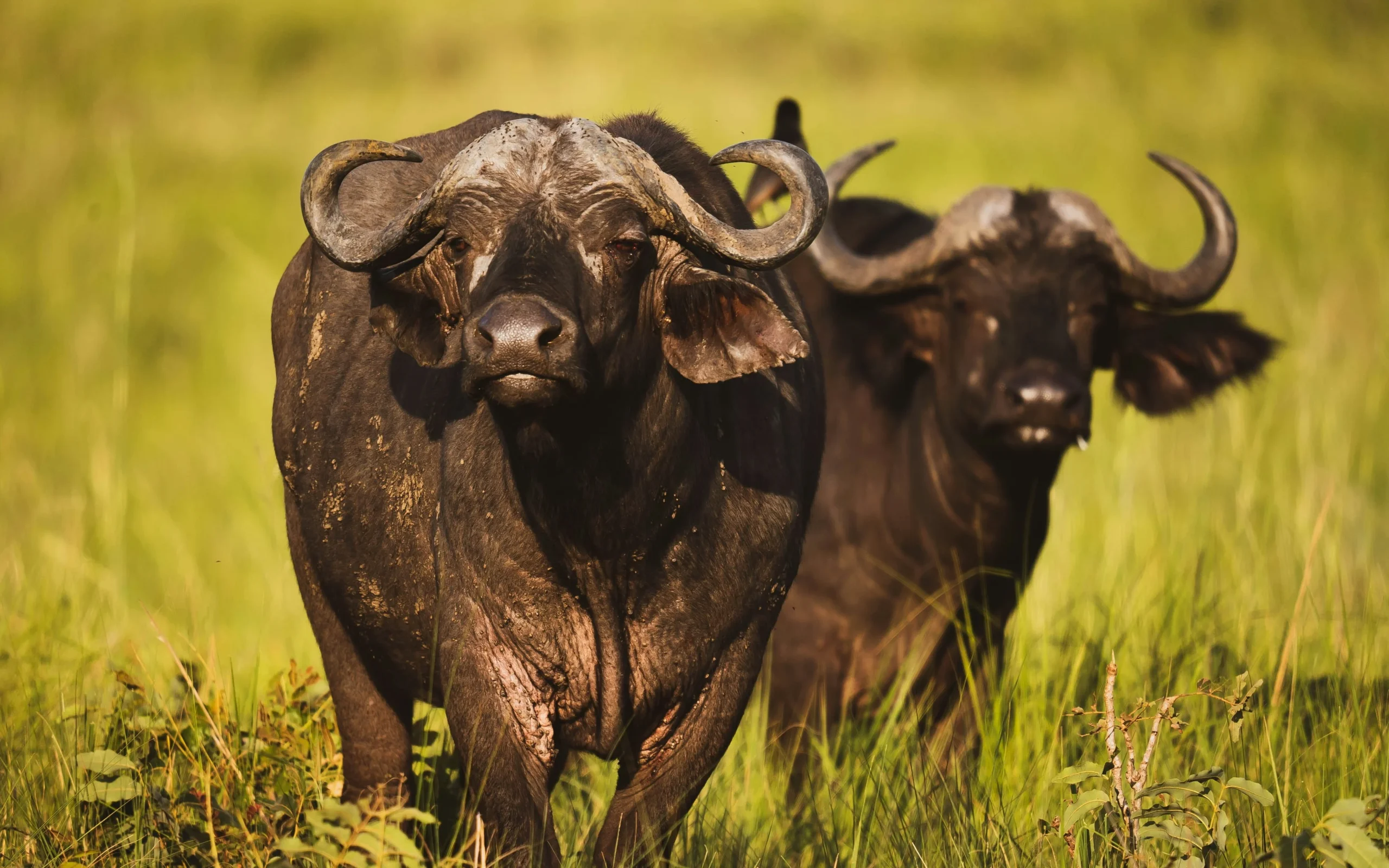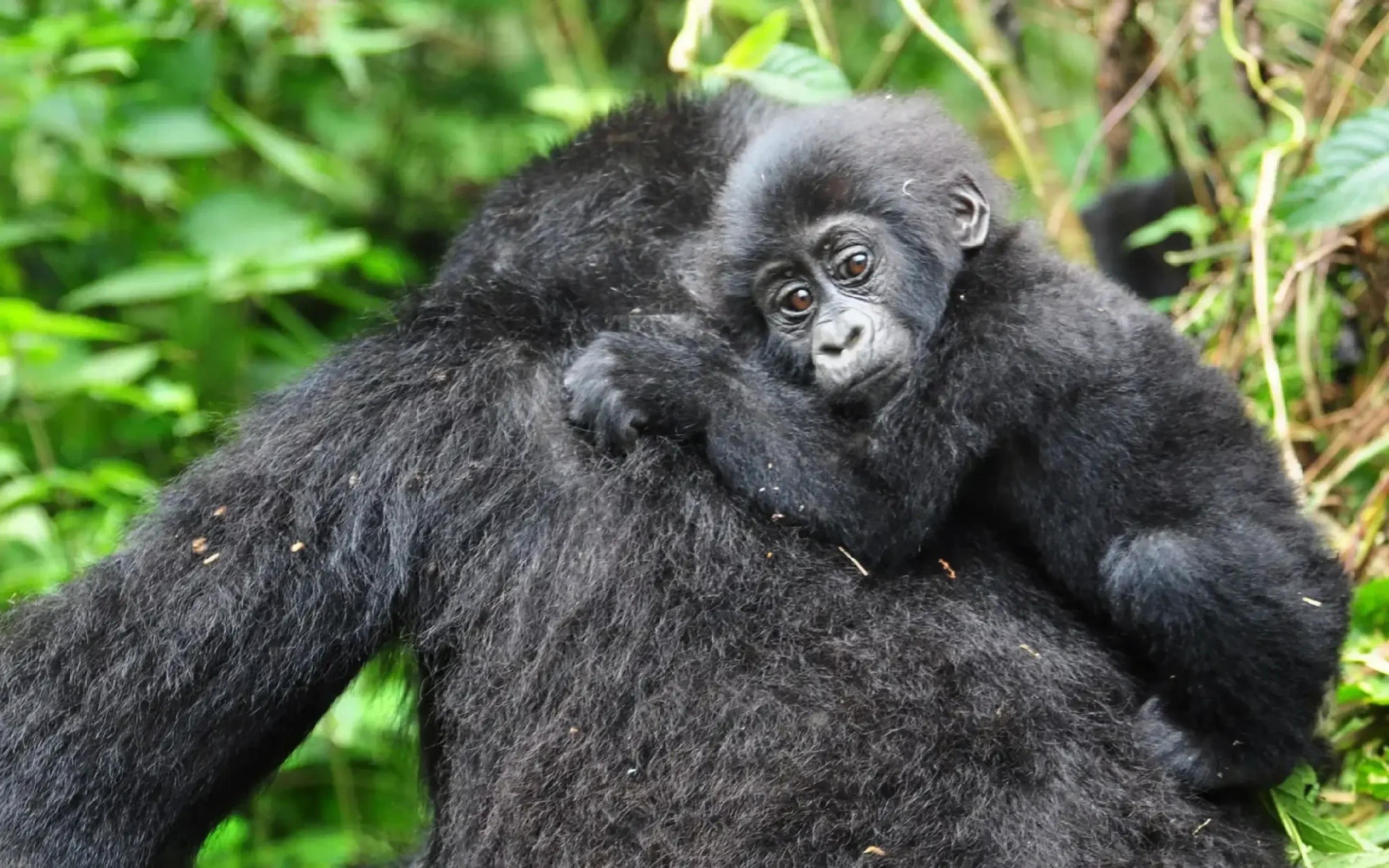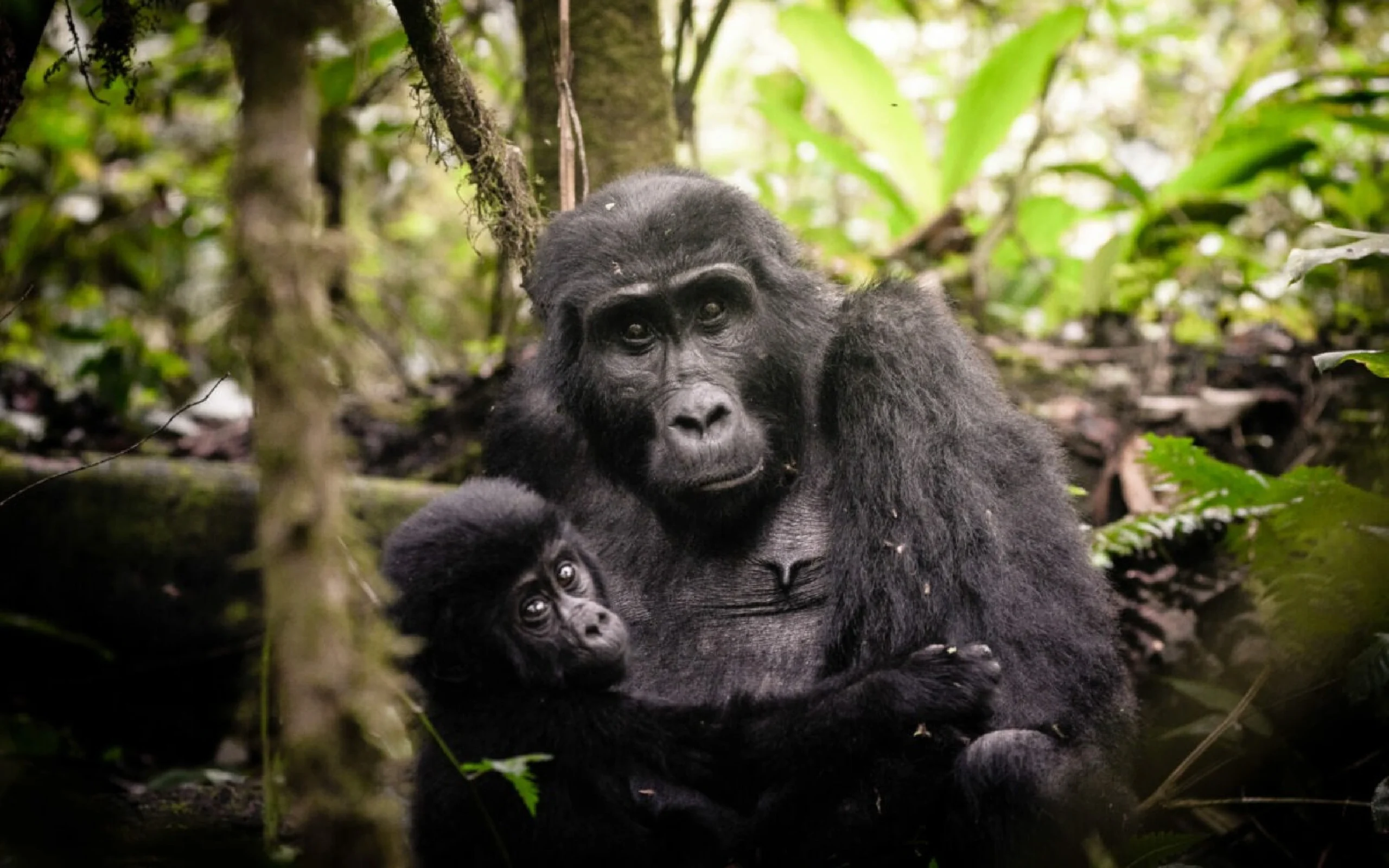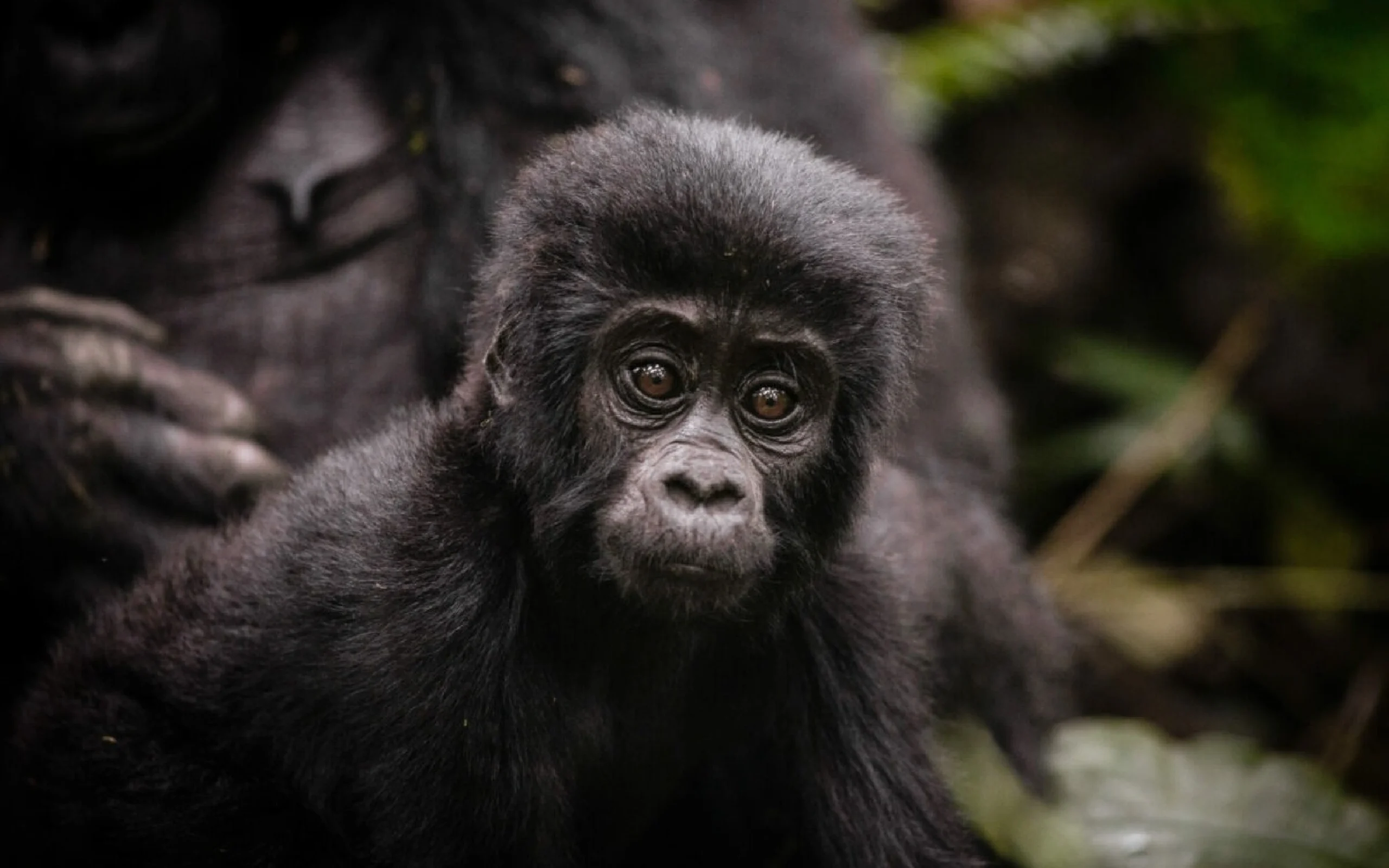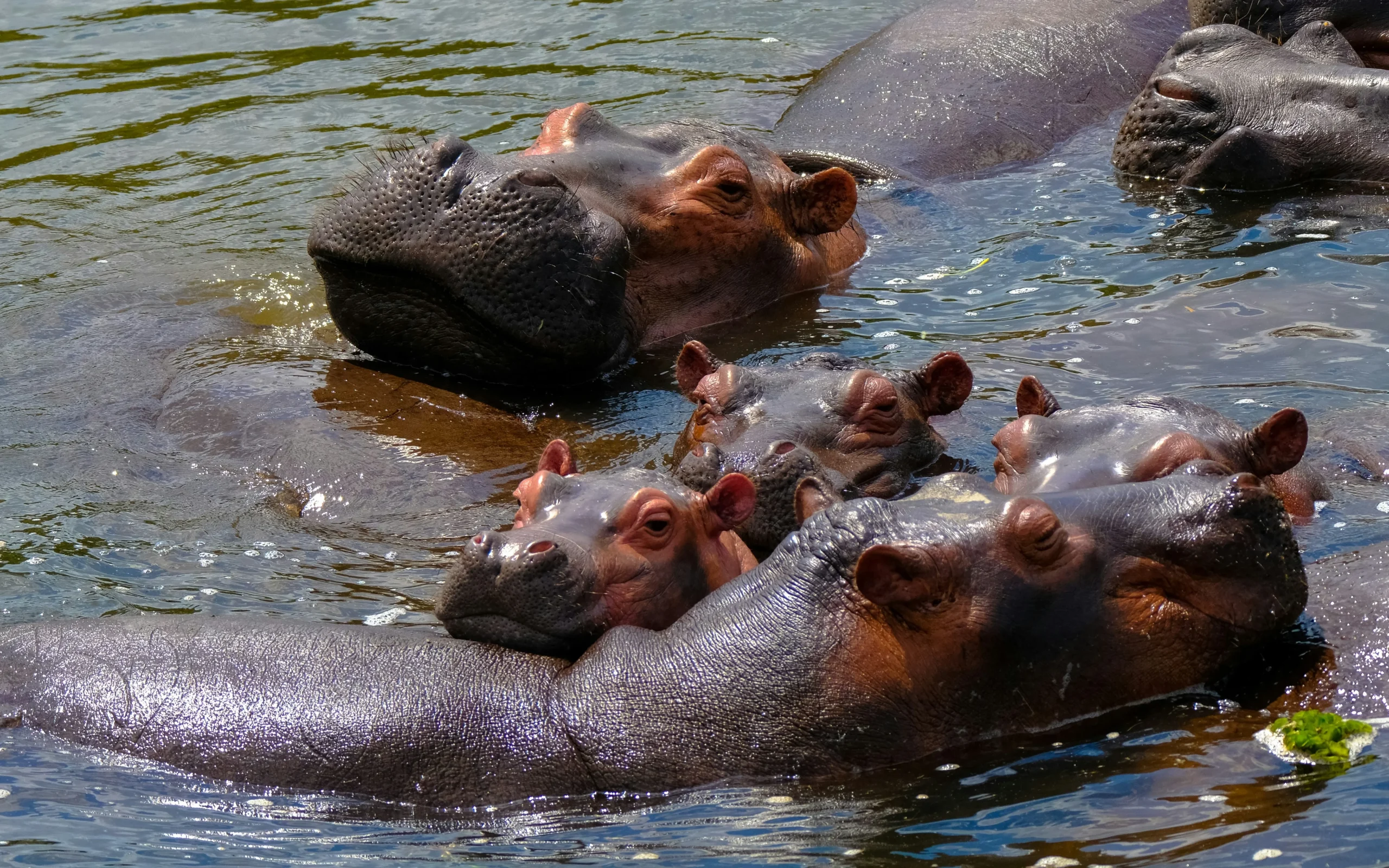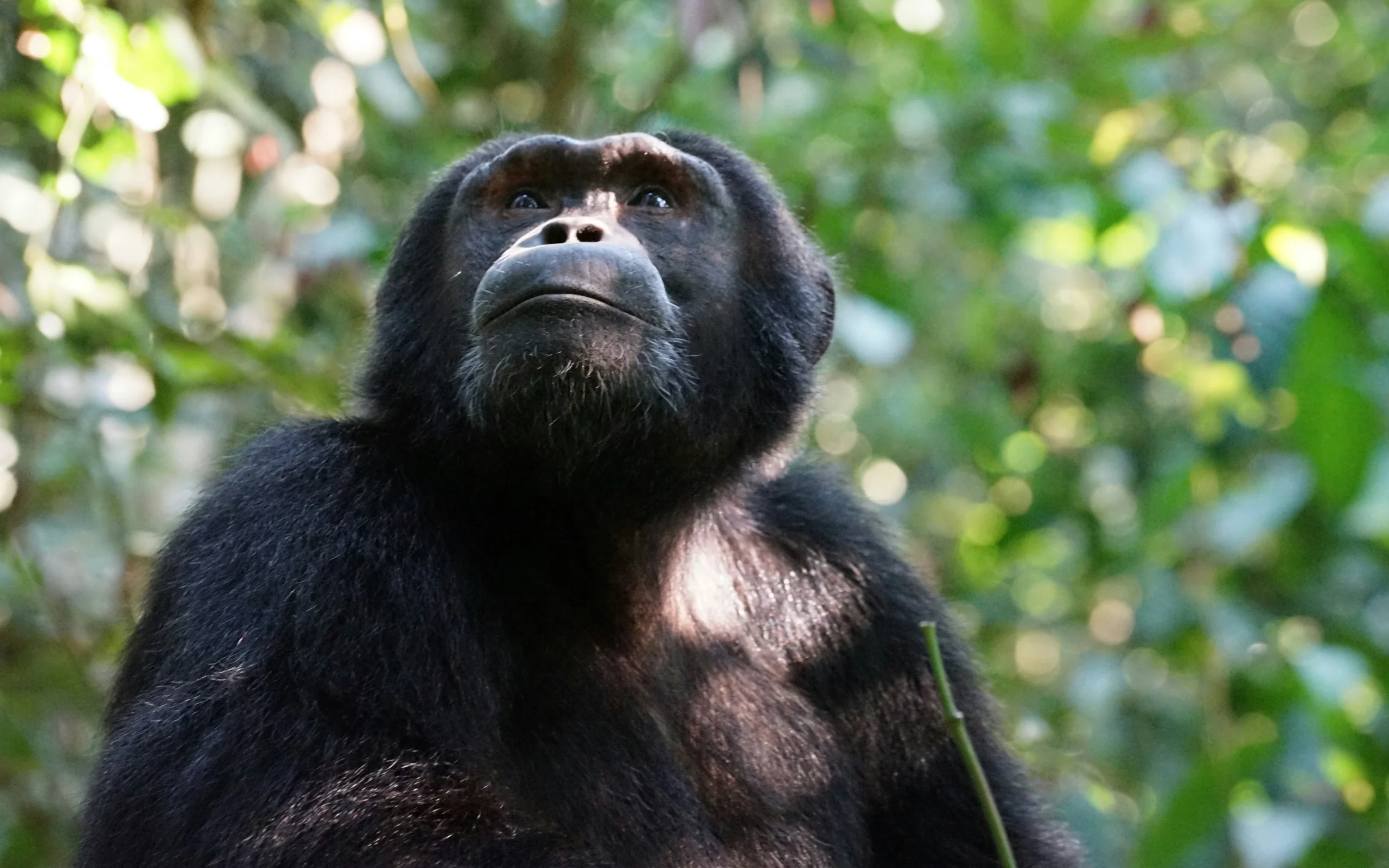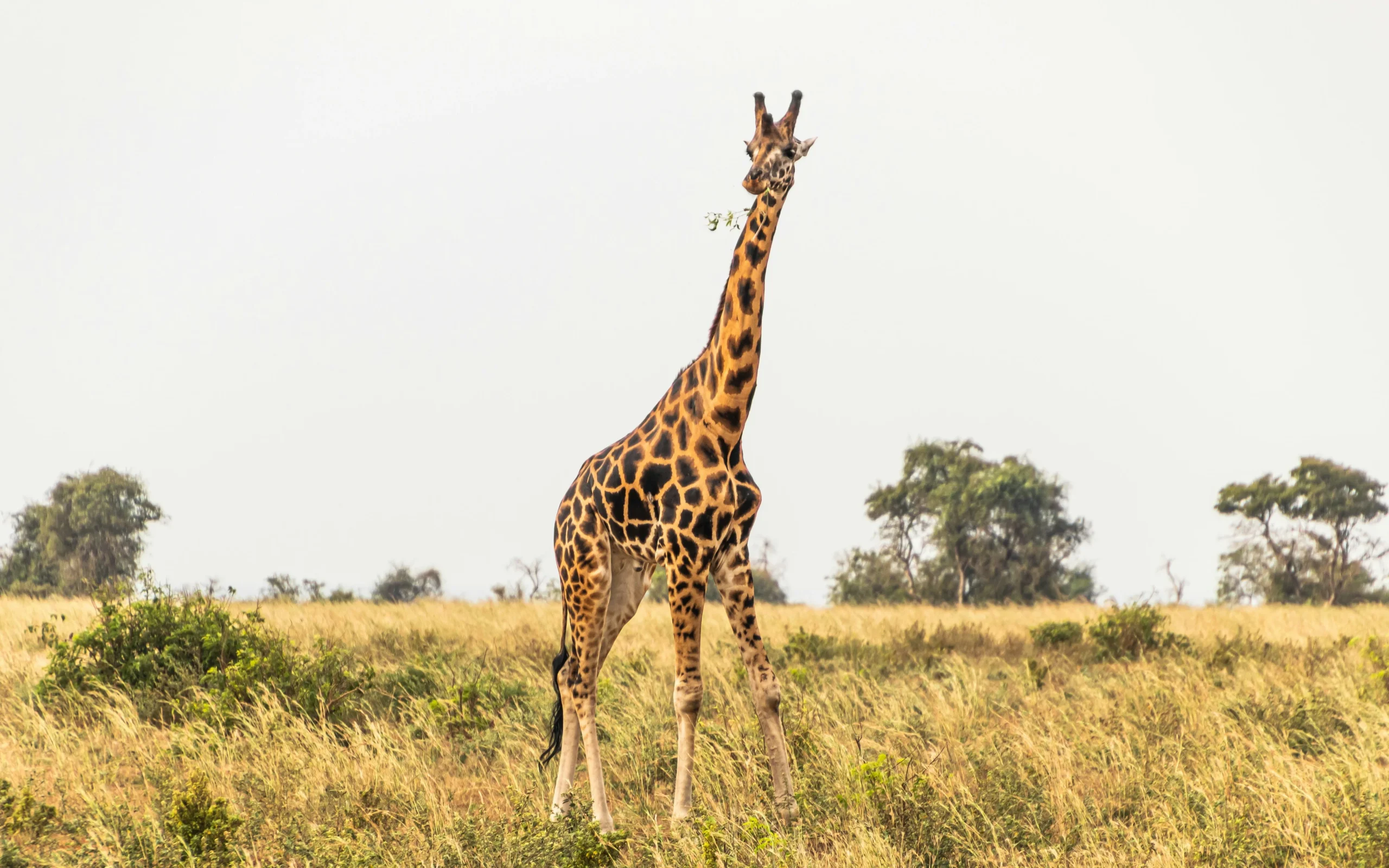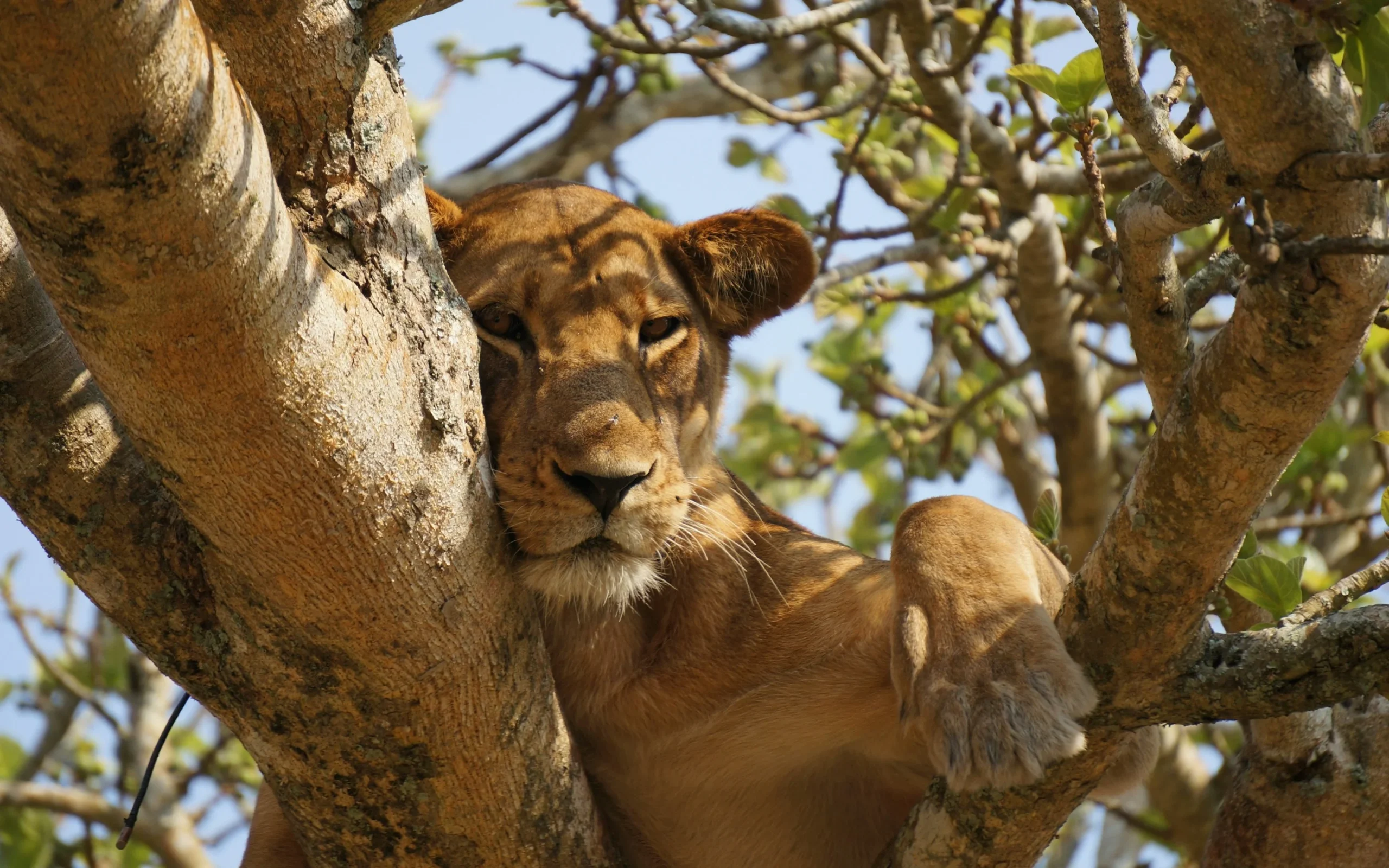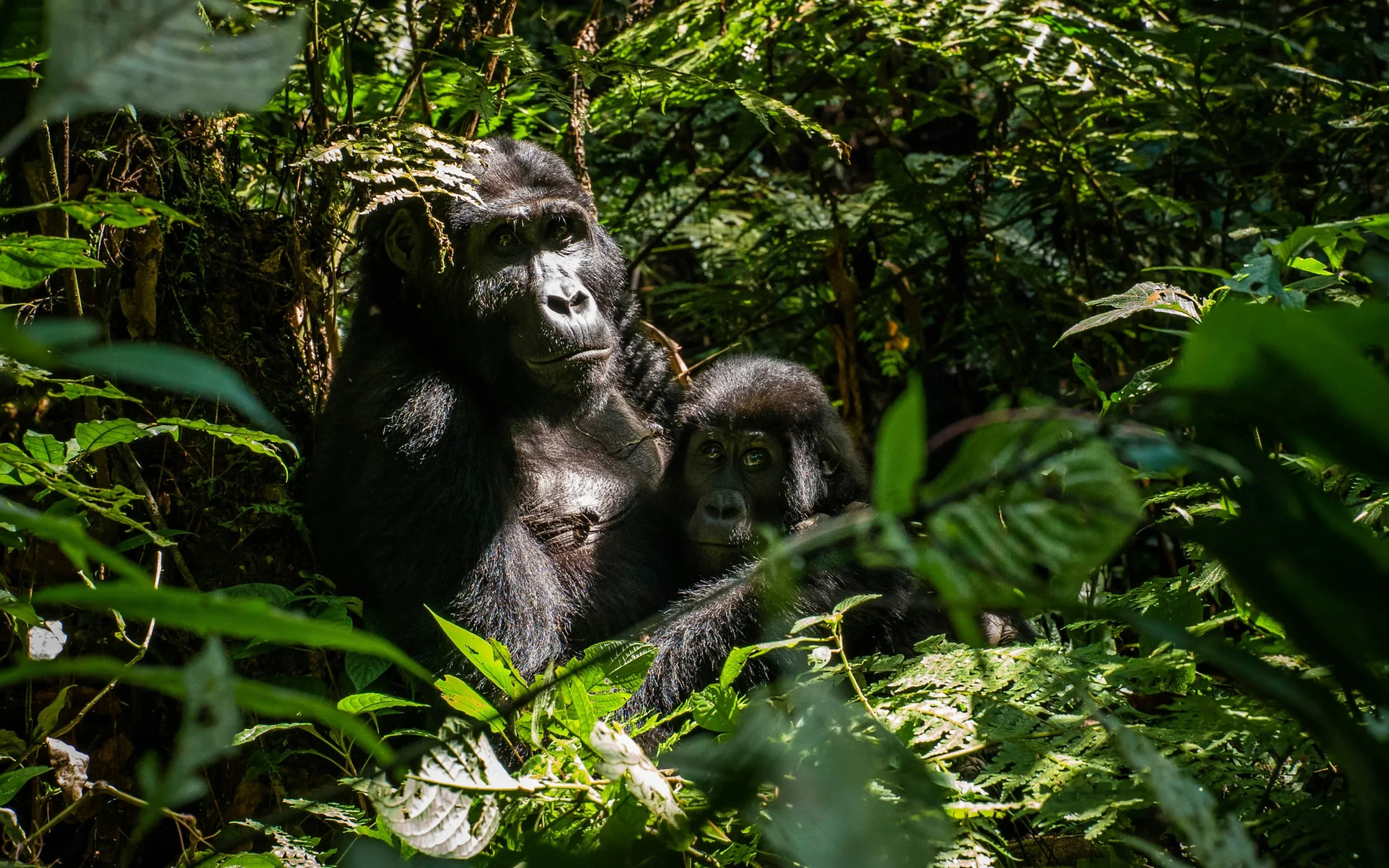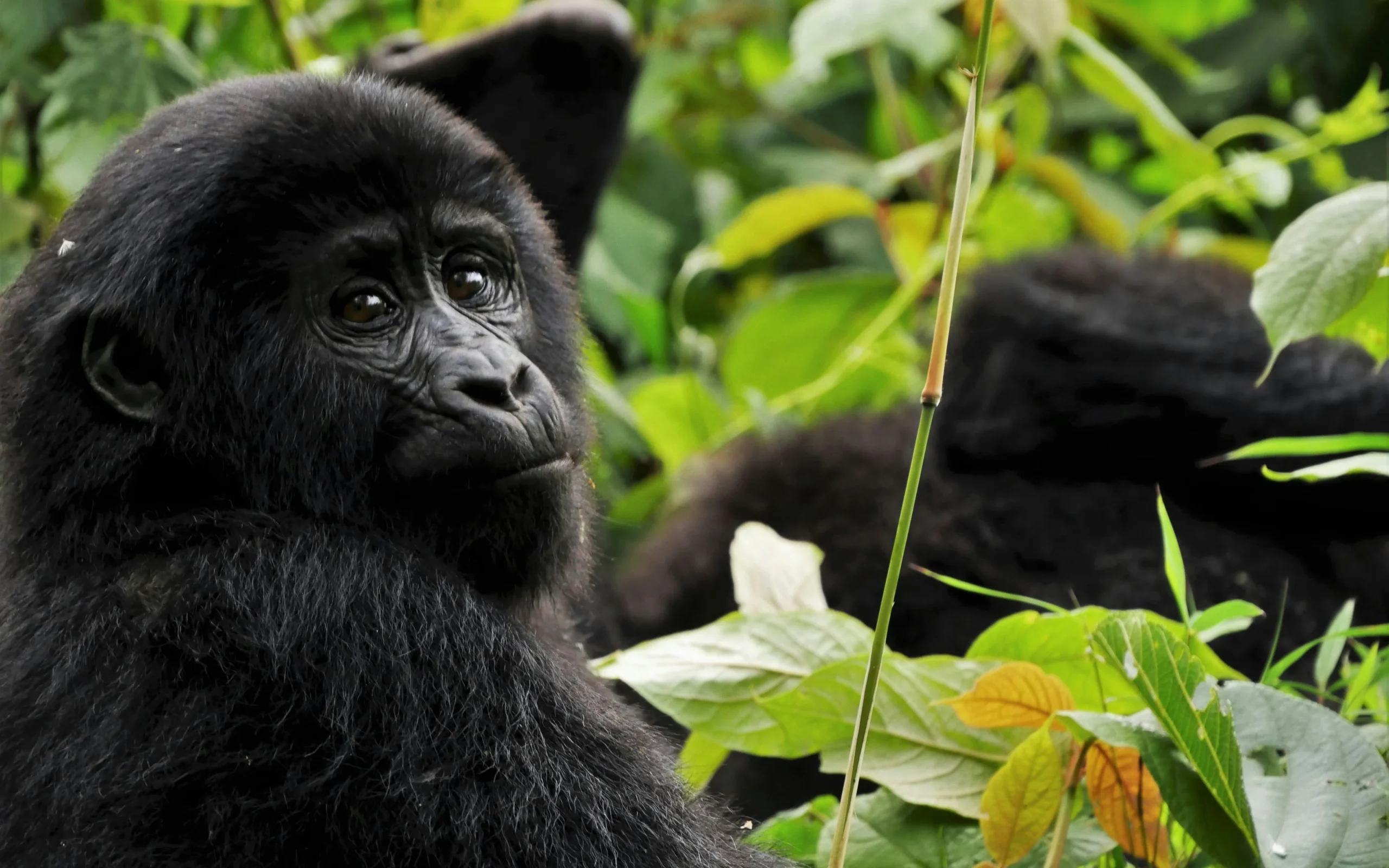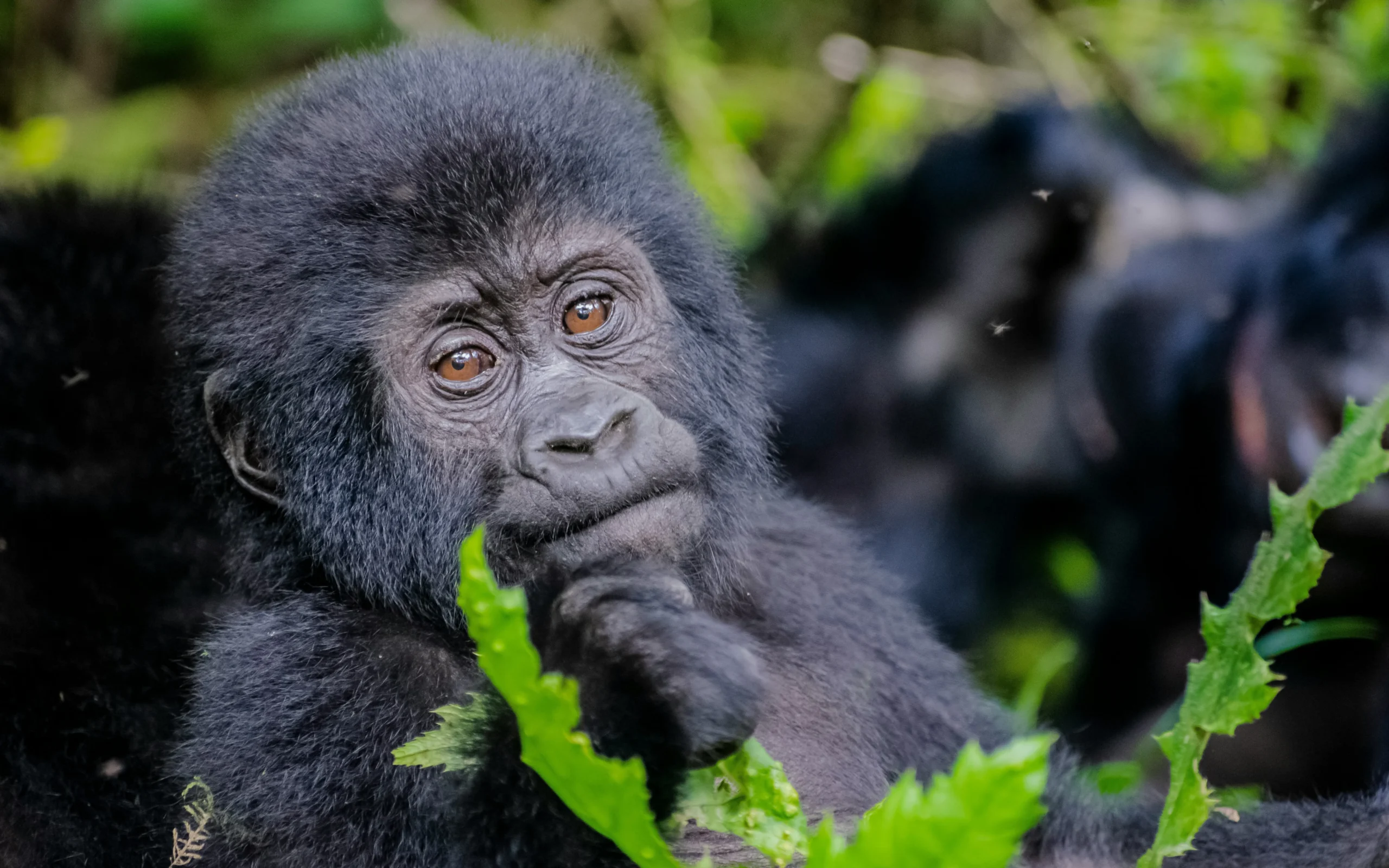The Great Migration in the Serengeti-Masai Mara Ecosystem: An Unforgettable Safari Experience
The Great Migration is one of the world’s most awe-inspiring wildlife events, taking place across the vast Serengeti-Masai Mara ecosystem in Kenya and Tanzania. Every year, millions of wildebeest, zebras, and gazelles embark on an epic journey in search of fresh grazing grounds. Driven by the changing weather and the availability of lush grass, the Great Migration follows a dynamic yet predictable route, making it possible to plan your safari to witness this natural marvel.
The Great Migration Route: Journey Across Kenya and Tanzania
Spanning two countries, the Great Migration covers extensive areas of the Serengeti in Tanzania and the Masai Mara in Kenya. Though the route may vary slightly each year based on weather conditions, it generally follows a similar path, allowing visitors to know exactly where to position themselves for the best wildlife sightings.
Serengeti: The Serengeti is home to the Great Migration for around nine months each year, providing ample opportunities for safari-goers to experience the migration from the plains of this iconic Tanzanian park.
Masai Mara: The Masai Mara hosts the migration for approximately three months, typically from July to October, making it one of the best times to visit for thrilling migration encounters.
The River Crossings: A Dramatic Wildlife Spectacle
The Great Migration’s most thrilling moments are undoubtedly the river crossings. As wildebeest and other herbivores desperately try to cross treacherous rivers in search of fresh grazing, danger lurks from both fellow migrants and predators, including crocodiles.
Grumeti River (Western Serengeti): The first major river crossing of the migration occurs at the Grumeti River in the Western Serengeti, typically between May and June. Wildebeest face fierce Nile crocodiles and fast-moving waters in this dramatic crossing.
Mara River (Masai Mara): The most famous crossing takes place at the Mara River between July and September. Here, wildebeest face one of nature’s most dangerous predators, the Nile crocodile, as they attempt to cross the river and continue their journey.
These river crossings offer some of the most photogenic moments of the Great Migration and provide exceptional opportunities for wildlife enthusiasts and photographers to capture breathtaking action.
Year-Round Game Viewing in the Serengeti and Masai Mara
While the river crossings are the highlight of the Great Migration, herds of wildebeest, zebras, and other species are constantly on the move across the Serengeti-Masai Mara ecosystem throughout the year. This means that game viewing is available year-round, with opportunities to witness an array of wildlife in their natural habitats at any time of the year.
Whether you visit during the migration’s peak river-crossing period or prefer a quieter time, the Serengeti and Masai Mara offer incredible opportunities for wildlife sightings year-round.
Plan Your Ultimate Great Migration Safari
If witnessing the Great Migration is on your bucket list, it’s essential to understand the timing and locations of the migration to make the most of your safari adventure. Both the Serengeti and Masai Mara provide a variety of safari experiences, from luxury lodges and tented camps to rustic options, ensuring a comfortable and unforgettable journey.
With expert guides and tailored itineraries, we’ll help you plan the perfect Great Migration safari, whether you want to be at the heart of the river crossings or immerse yourself in the vast herds of wildlife roaming across the plains.
Don’t miss your chance to experience one of the most incredible wildlife events on the planet. Start planning your Great Migration safari today and prepare for the ultimate wildlife adventure of a lifetime!
Inspirational Safari Experiences
Curated Journeys
Your journey should be as unique as you are. At Gentle Giants Safaris, we craft true African safari experiences designed around your dreams—whether it’s witnessing elephants roaming freely or spotting elusive leopards in the heart of the wild.

